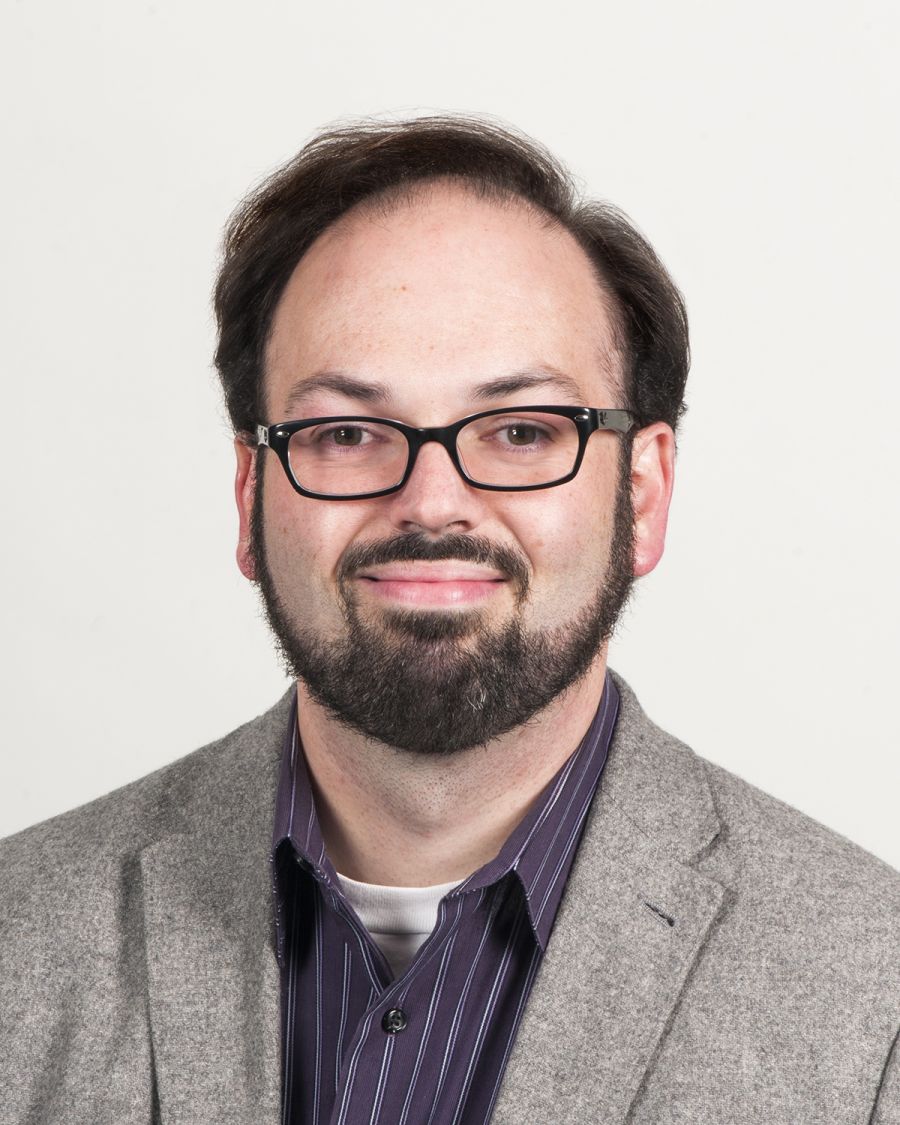


Why do we explore the humanities as an intersection of the arts (visual, performing, applied, and literary), with philosophy, culture, and history? Why do we combine these subjects, compare them, and contrast them, all in a single course?
Because we are trying to investigate some of the most important questions humankind has asked; and then, determine how we have communicated these answers both through time (history, philosophy) and space (geography, culture). The Waubonsee Community College Humanities courses address big ideas such as: love, sex, and identity, the natural world and the cycle of life, the sacred realm and spiritual beliefs, the role of personhood in the community, politics and the social order, stories and histories (and how they are told), reflection both inward (personal experience) and outward (human experience), invention and fantasy, and art for art’s sake. If that sounds like a lot for 16 weeks, it is!
I have been teaching humanities courses for over 15 years, and have always looked at these themes in traditional ways. So when I wrote and designed HUM 202: Current Trends in Digital Humanities, I wanted to do something new. I wanted to challenge everything I have ever done as an instructor and provide a really immersive and innovative experience for my students. In short, I wanted to look at the digital humanities in a meaningful way, designed for the Information Age. This means my class and I were going to consider all of these big ideas, and perhaps the most important themes a course can tackle, doing so through 21st-century representations: social media, video games, digital imagery, and memes (just to name a few!). But most importantly, we wanted to treat these artifacts in serious ways: YouTube clips through film critique, Tweets and Reddits through literary analysis, Instagram as today’s version of Starry Night or The Mona Lisa, and Candy Crush, Super Mario, and Halo as meaningful activities. We used theorists like Marc Prensky, Edward Shanken, V.S. Ramachandran, Douglas Hofstadter, Yu-kai Chou, Jane McGonigal, George Ritzer, Paul Bloom, and Tamar Gendler to rationalize this method.
To do this, my students and I created a class narrative, and played out the narrative through roles and challenges over the 16-week period. The students were archaeologists and anthropologists from the future (our story said the 23rd century) and their goal was to mine the 21st-century internet to discover the culture and social structure of that time period. I played a controlling figure from a dystopian future behind the scenes (through our online portal and Blackboard) and a mentor figure during the face-to-face class sessions. Together, we solved riddles, puzzles, challenges, and overcame obstacles. Instead of writing papers, students wrote top-secret reports about the 21st century to the powers that be; instead of taking quizzes, they navigated online quests and had to beat timed adventures; instead of just using social media or playing video games, they investigated the aesthetic, cultural, social, and psychological implications of these mediums.
HUM 202 in many ways is just like my other Humanities courses – we had rigorous debates and discussions about important ideas framed by the representations used by artists, philosophers, psychologists, sociologists, historians, and theorists. But HUM 202 was also very different. On any given day students might be: running all over campus looking for clues, creating exhibitions about the downfall of Vine, writing creative storylines and creating video games and videos, or debating current events concerning gender, race, and class issues (especially as these issues are represented in social media, video games, movies, and art).
When we started HUM 202, I told my students that this was a grand experiment; that I would be incorporating gamification, personalized learning, project-based learning, and maker-education; and that I would be using an experimental grading system. This system used “white hat gaming” instead of how most classes (including my others) uses “black hat gaming”. What this means is that in most classes students are trying not to lose points but they always will. They will always be fighting a deficit unless they can earn 100% on every single assignment. To create a “white hat” system, I offered more points in the course than was needed to earn an A, and offered different pathways to earning that A through assignments that could be unlocked once previous tasks were completed.
Throughout the entire process, I continually used student feedback to modify, tweak, and alter the course. And at the end, I received some extraordinary feedback: “Amazing experience.”, “Great class! Very inventive and unique ideas!”, “Really loved the topics discussed and the interesting way of doing them.”, “This class was so unique and fun.”, “I will never forget this class.”
As an instructor, this kind of feedback is simply incredible (and quite frankly, a bit overwhelming). The success of this course was not due to something I designed or structured (I cannot tell you how many times I had to throw my lesson plan out the window and roll with whatever was happening!), but to the 30-some students who took a chance on this experiment. They had to put aside their comfort and dive into a class with a strange structure and unique systems. They had to be flexible with me as I was also learning how to create this experience. And they had to be brave enough to voice concerns, challenge ideas, dive into sensitive topics, argue in respectful ways, and deal with all the hiccups along the way.
There are moments in a teacher’s career which are just remarkable. The stars align, the planets orbit in the right way, and everything just coalesces. There is no way to reproduce that experience, it happens and then it simply becomes an unforgettable memory. HUM 202 spring 2019 is one of these moments. We went on an amazing adventure and came out richer for it. I am eternally grateful for the opportunity and for the trust my students placed in me. And it was their efforts that made the class so remarkable.

